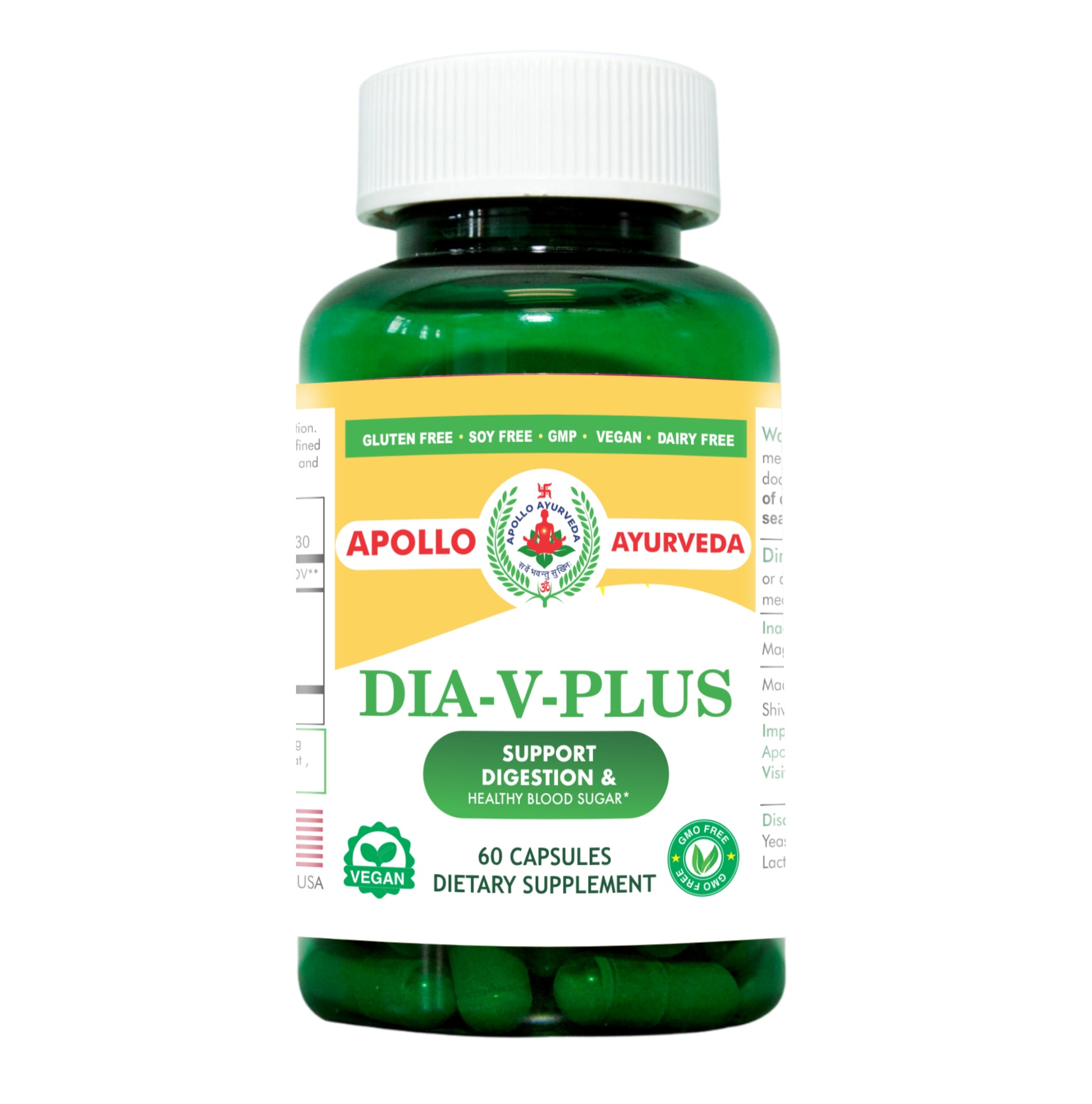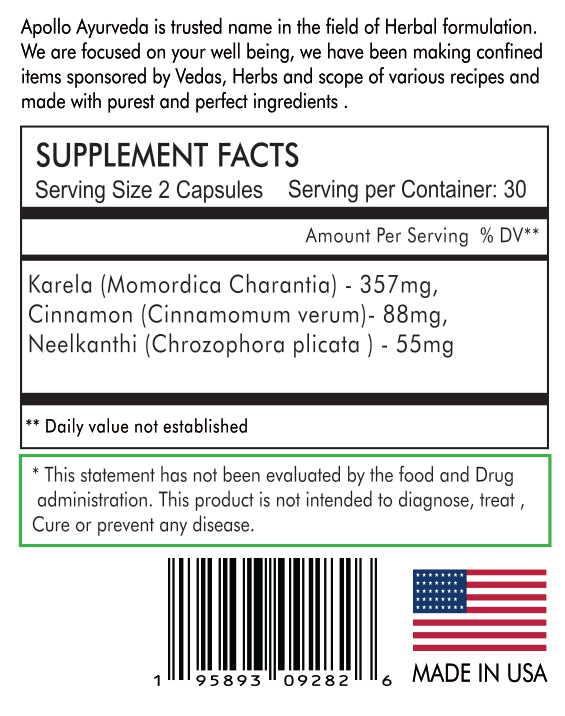CINNAMON
Share
Cinnamomum Verum commonly known as Cinnamon and Dalchini belongs to the family Lauracae. Its tree bark is a primary component of spice. Cinnamon is mostly found in Sri Lanka although it can grow in Cochin-China, Sumatra, Eastern Islands, and Malabar. In addition to India, it is grown in Mauritius, Brazil, Jamaica, Mauritius, and other nations.
The botanical name for Cinnamon is Cinnamomum Verum.
MORE ABOUT CINNAMON
- Dosha of Cinnamon
- Traditional Uses of Cinnamon
- Benefits of Cinnamon
- Scientific research about Cinnamon
- Precautions or Side Effects of Cinnamon
- How anyone can incorporate the Cinnamon into their routine?
Dosha of Cinnamon
Cinnamon is a great pacifier for Kapha and Vata doshas but enhances the Pitta doshas. It exhibits hot potency and sweet-pungent flavor.
Traditional Uses of Cinnamon
- Cinnamon is a spice and flavoring ingredient that is also used in chewing gum for its breath-freshening properties.
- It can lessen the risk of colon cancer and promote colon health.
- Numerous beneficial properties of cinnamon include its antibacterial, antifungal, antioxidant, anti-diabetic, anti-termite, nematicidal, mosquito larvacidal, and insecticidal properties.
- Cinnamon has long been used as a toothpowder and as a remedy for toothaches, dental issues, bad breath, and oral microflora.
Benefits of Cinnamon
Anti-diabetic activity
Cinnamon bark has been found to contain “insulin-potentiating factor” (IPF) and insulin-like polyphenols, have anti-diabetic properties, and lower blood glucose and cholesterol levels. It was discovered that linalool-chemotype cinnamon in the right amounts can improve insulin secretion and help in glycemic management in diabetics[i].
Cinnamon helps to maintain a healthy diet and lifestyle
Cinnamon helps to maintain a healthy lifestyle and diet by decreasing inflammation, increasing insulin sensitivity, improving digestion, and reducing the risk of chronic diseases[ii].
Anti-inflammatory activity
Cinnamon and its essential oils have anti-inflammatory properties. Flavonoid compounds in cinnamon like gossypin, gnaphalin, and quercetin also have anti-inflammatory activity. 2′-hydroxy cinnamaldehyde and Cinnamomi ramulus have potential anti-inflammatory agents and may benefit inflammation-mediated neurodegenerative diseases[iii].
Anti-oxidant activity
Cinnamon is a significant source of antioxidants due to its various extracts and flavonoids, such as eugenol and essential oils. Additionally, cinnamon extract has potent free radical scavenging properties and can lower plasma lipid peroxidation levels, a biomarker for oxidative stress[iv].
Scientific research about Cinnamon
A study was conducted on Cinnamon which emphasized the anti-diabetic characteristics of the herb.
According to another study conducted, cinnamon has potent antioxidant activity.
Precautions or Side Effects of Cinnamon
Irritation and allergies
With frequent consumption, cinnamon might result in mouth and lip ulcers. Cinnamon allergies can cause skin discomfort in certain people.
Toxicity
Consuming excessive amounts of cassia cinnamon might be harmful, particularly for people with liver issues.
Blood sugar effects
Cinnamon can affect blood sugar levels. Diabetes patients may need to modify their therapy if they take cinnamon supplements.
Interactions with medications
Cinnamon supplements can interact with drugs, so consult a doctor before taking them[i].
How anyone can incorporate the Cinnamon into their routine?
As a spice
Cinnamon is frequently used in baking and cuisine as a spice.
As a supplement
Oil, powder, and pill forms of cinnamon supplements are available. But it’s crucial to stick to the dosage instructions and get medical advice before using.
Essential oil
Cinnamon can be used for aromatherapy, massage, or skin care by diffusing it or using it topically.Natural remedy
Cinnamon has been used as a natural cure for a variety of illnesses, including inflammation, infections, and digestive problems.
Cinnamon powder
Cinnamon powder is used for Influenza, colds and coughs, diarrhea, loose motion, Bad breath, etc.






